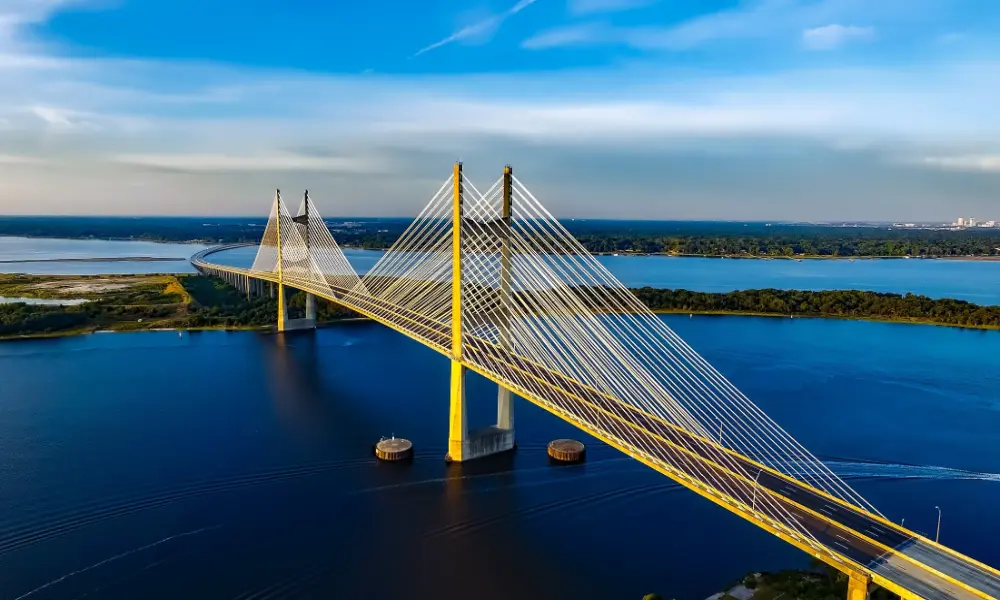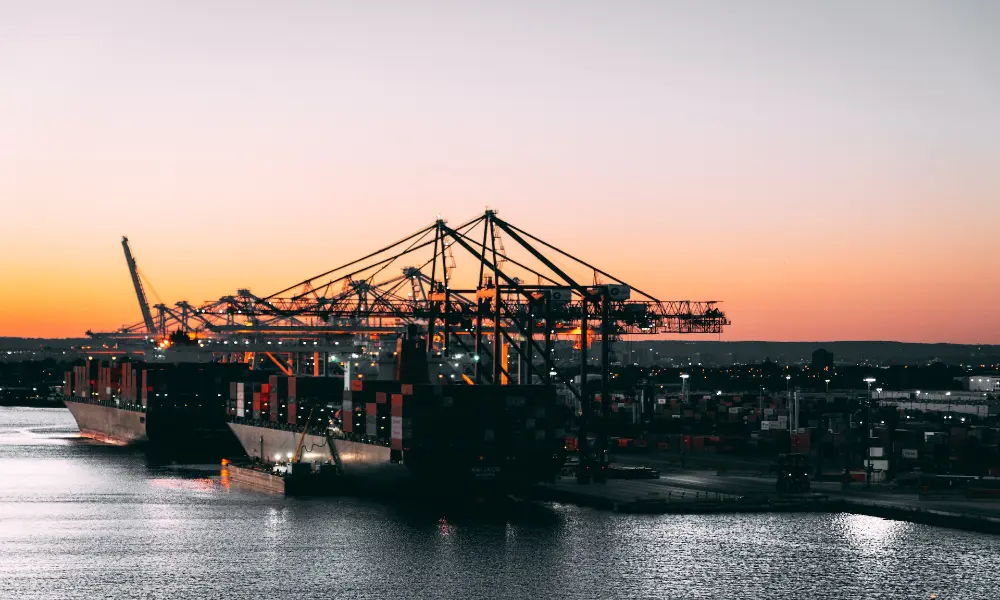Transforming Maritime Operations
Pelagius 3D recently made waves in the maritime industry with its innovative delivery of a 3D-printed Return Oil Standpipe to Wallenius Wilhelmsen’s RoRo vessel TYSLA in Kobe, Japan. The project was a collaborative endeavor, bringing together Kawasaki Heavy Industries and Wilhelmsen Ship Management. Traditional methods for procuring, fabricating, and delivering specific spare parts have been notorious for being laborious procedures, but this era may soon be over.
Breathing Life into the Supply Chain
3D Printing, also known as Additive Manufacturing (AM), is revolutionizing the spare parts supply chain landscape with remarkable swiftness. As stated by Pelagus 3D, the introduction of AM spare parts has now addressed various issues like extended fabrication or delivery lead times, the disappointing performance of traditionally manufactured parts, and the scarcity of spare parts due to obsolescence.
AM: Crafting the Future
The game-changing return oil standpipe was crafted from Stainless Steel using an innovative AM technology, christened Selective Laser Sintering (SLS), which employs lasers to sinter or fuse powdered materials into a solid structure. The implementation of AM resulted in a startling 90% weight reduction of the spare parts – a drastic fall from 75kg during traditional manufacturing to a mere 8kg with the new technology.
Cutting Down on Downtime
Possessing a lightweight build, the revamped spare part eliminates the necessity for crane operations during installation and ensures seamless operations during maintenance. The fabrication lead time was also remarkably slashed to a mere 15 days compared to the previous agonizing 135 days, thereby addressing the urgent demand for spare parts and trimming down ship downtime.
Facilitating Form and Function
The collaborative endeavor between Pelagus 3D and Kawasaki Heavy Industries, a trailblazer in industrial machinery production, saw the transformation of the traditionally manufactured part into an advanced AM one. The return oil standpipe practically serves as a holding tank for Lubricating Oil used in diesel engines, facilitating optimal fuel usage and operations.
The Sustainable Shift
In addition to the functional improvements, the return oil standpipe received a makeover to enhance flow efficiency. The improved design ensured smoother channels bereft of sharp edges. The resultant reduction in weight and material usage reflects a sustainable fabrication practice. Yoshinori Daido, Lead Engineer of the AM project for Marine Machinery at Kawasaki Heavy Industries, expressed his satisfaction and highlighted the potential for wider applications of this technology in the future.
Reinventing the Supply Chain
By leveraging the power of collaboration, Pelagus 3D successfully ensured the swift production and punctual delivery of this crucial component to vessel TYSLA. The maritime and offshore sector continues to embrace AM technology, transforming the face of spare parts supply chains.
Redefining Accessibility and Affordability
Pelagus 3D offers a new era of accessibility to end users and OEMs – digital designs of spare parts that can be stored securely and produced on demand, obliterating the constraints of physical storage and transportation. This digital inventory promises significantly reduced lead times and costs, leading the maritime industry into an era marked by convenience and efficiency.



